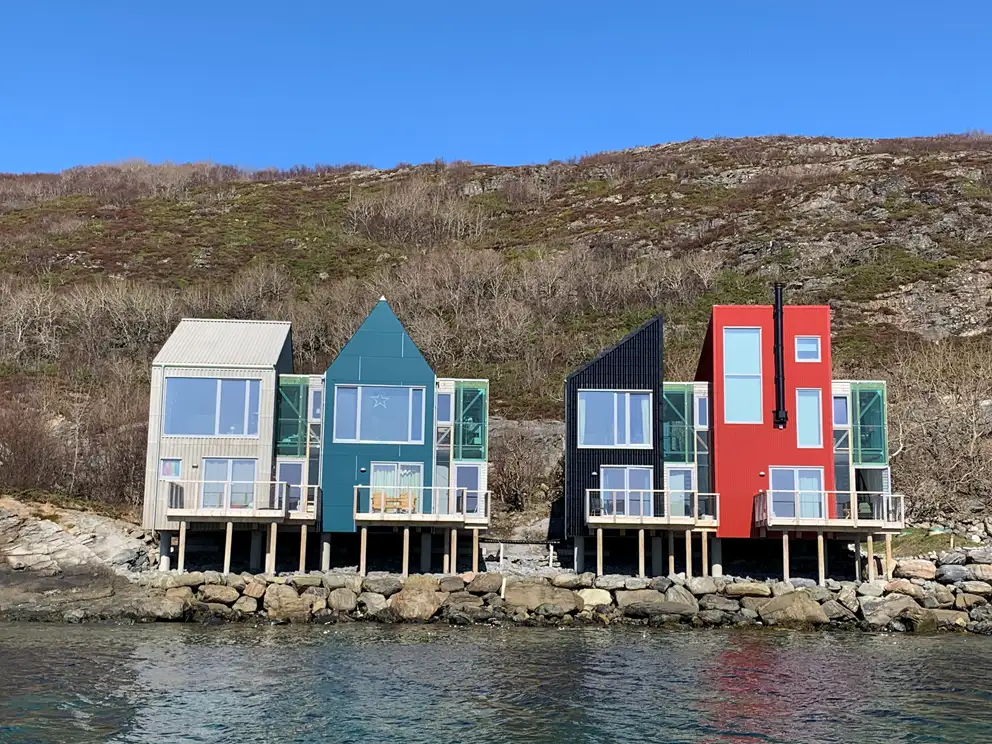In recent years, rural communities across the globe have faced significant challenges with declining population, lack of economic opportunities and limited access to resources.
In the Nordics, we are proud of our welfare systems and social equality, our culture for innovation and our models of democracy. But with large rural areas slowly depopulating and with an ageing population, rural communities are slowly emptying out and dying off.
If we want to work on all angles of sustainability - social, financial and climate and environmental - we have to understand how we can revive and support sustainable communities outside of the cities. Here, place-based design and architecture can play a central role in the effort to support the development of these communities.

A holistic and place-based approach
The SUSTAINORDIC Transformation panel is exploring possibilities for the Nordics to implement a more holistic and place-based approach to community building and urban development. Therefore, the panel visited Stokkøya to learn about the connection between place-based design and sustainability in rural areas.
Stokkøya is a small island on the West coast of Central Norway. The inhabitants here have decided to revive their community and founded Bygda 2.0 as a frame for developing a sustainable, modern and attractive small village that brings the virtues of the city together with the beauty and simplicity of rural life. Together, they have created a "microcity" that focusses on architecture, meeting places, food, art and culture.
Bygda 2.0 works for a social, ecological and economic development of the district, which can contribute to increasing the amount of people choosing the village as a place to live and work. The project aims to create a dynamic context for life, businesses and research activities, artists-in-projects as well as encourage economic equality economy.
The buildings on the island are made from untreated wood, reused materials and with low-energy heating systems based on the use of firewood and solar power. The heart of the community is the community house Bygdeboxen which has a bakery, a café and a multi-functional space for co-working, sports, concerts and even funerals and weddings.

The key to a thriving rural community
One of the founders of Bygda 2.0 is Roar Svenning. Roar grew up on a farm on the Island, and he realised that for him to stay on the Island, he needed a bar, good food and good company. This realisation became the driving force behind the concept. Therefore, the Island has a high-end bakery, a beach hotel and a beach bar that hosts concerts and other events as well as a gourmet restaurant.
“It is an urban myth that thriving rural communities depend on growing industry and access to rural jobs. What is really needed to attract people to dare to move to the countryside is social fabric and meaningful things to do after work and school hours,” Roar, who has been part of shaping the concept of Bygda 2.0 since the beginning, explains.
Bygda 2.0 has been shaped around the needs and dreams of the founders with sustainable behaviour and consumption as the central design question. Bygda 2.0 has set out to demonstrate how rural communities can transform into micro-cities that promote a sustainable way of life and preserve local traditions and values.
According to Roar, the recipe for success is to make an effort to understand what is needed to support social interaction in the social constellation of the place. This can be reached through a great deal of experimentation but also a bit of courage to test and fail and to accept to work gradually based on the rhythm of the availability of resources and funding.
Over the coming months, Nordic Sustainable Construction will look at many more cases like Stokkøya to draw out learnings and ideas on how to use place-based design and architecture to nudge and drive sustainable construction and living both in rural and urban contexts.
